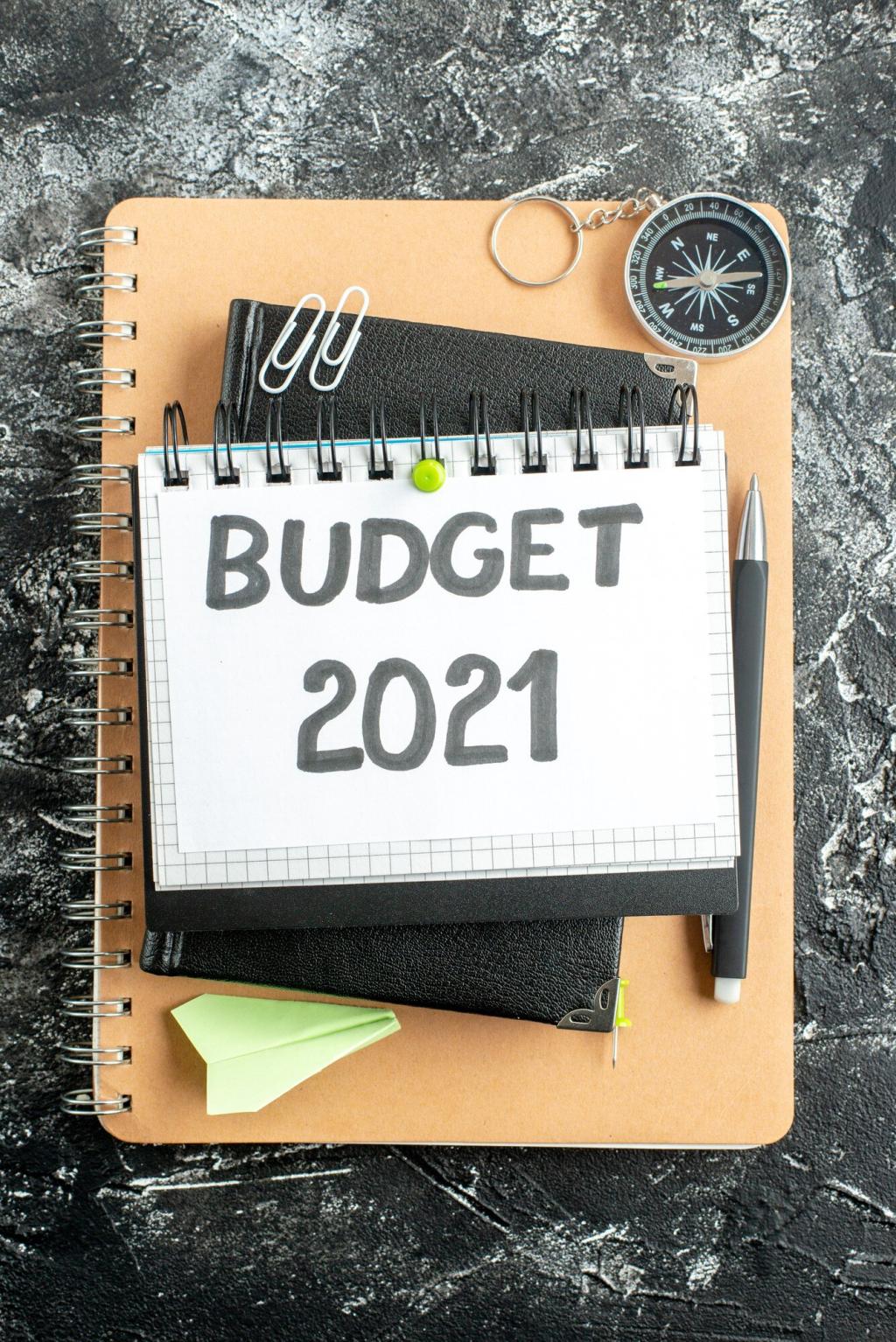
Improving Expense Insights with Machine Learning
Chosen theme: Improving Expense Insights with Machine Learning. Welcome to a journey where messy receipts become meaningful stories, budgets turn predictive, and every dollar starts to explain itself. Join us to explore practical, human-centered machine learning that transforms raw spend data into confident decisions your team can trust.
From Receipts to Revelations: How ML Transforms Expense Data
Automated Categorization that Learns Your Business
Instead of rigid rules that break with every new vendor, machine learning models adapt to your unique spend patterns. Over time, category accuracy improves, mislabeled expenses decline, and finance gains visibility without endless manual cleanup. Share your trickiest categories and we’ll explore how to teach models your context.


Anomaly Detection that Spots Leaks Before They Flood
ML-based anomaly detection compares behavior across time, teams, and merchants to flag suspicious spikes or duplicate charges early. Think of it as a quiet sentinel, learning normal patterns and escalating only when something truly deviates. Tell us what anomalies worry you most, and we’ll tailor thresholds together.


Data Foundations for Smarter Expense Insights
Unify card, reimbursement, and procurement data with consistent vendor naming, tax treatments, and currency normalization. Add context like department, project, and approver to give models the full story. Comment with your toughest data headache, and we’ll share a real-world playbook to fix it fast.
Data Foundations for Smarter Expense Insights
Powerful features turn raw transactions into signals: rolling spend windows, merchant embeddings, recurring-pattern flags, and budget variance ratios. Thoughtful features boost transparency and accuracy. Curious which features drive the biggest lift? Join our newsletter for breakdowns, code snippets, and case comparisons.



The Startup that Tamed SaaS Sprawl
A 60-person startup used ML categorization and anomaly alerts to surface duplicate tools and overprovisioned seats. In three months, they consolidated vendors and trimmed renewals by fifteen percent. Their CFO now reviews a weekly digest instead of slogging through spreadsheets. Want that digest template? Subscribe today.
A Nonprofit’s Mission-First Transparency
A nonprofit layered explainable models on top of grant-related expenses, mapping every dollar to outcomes. Donors gained trust seeing anomalies resolved within days, not quarters. The team’s favorite win: an early detection that rescued funds for field programs. Share your mission, and we’ll swap techniques for clarity.



Getting Started Without Getting Overwhelmed
Pick one category, one outcome, and one metric. For example, reduce software overspend by identifying duplicate licenses. Run for thirty days, document learnings, and communicate results widely. Share your pilot idea, and we’ll help refine scope and success criteria together.


Getting Started Without Getting Overwhelmed
Track precision, recall, time-to-resolution, and realized savings. Include qualitative feedback from approvers about clarity and usefulness. Numbers plus narratives win hearts and budgets. Comment with a metric you struggle to quantify, and we’ll propose a practical, low-friction measurement tactic.
Beyond the Spreadsheet: The Future of Expense Intelligence
Imagine suggestions that appear during purchase approvals, not after month-end. Contextual models weigh policy, budget impact, and historical outcomes instantly. Ready for proactive guidance? Tell us your approval tool, and we’ll map an integration approach you can test in a sandbox.
